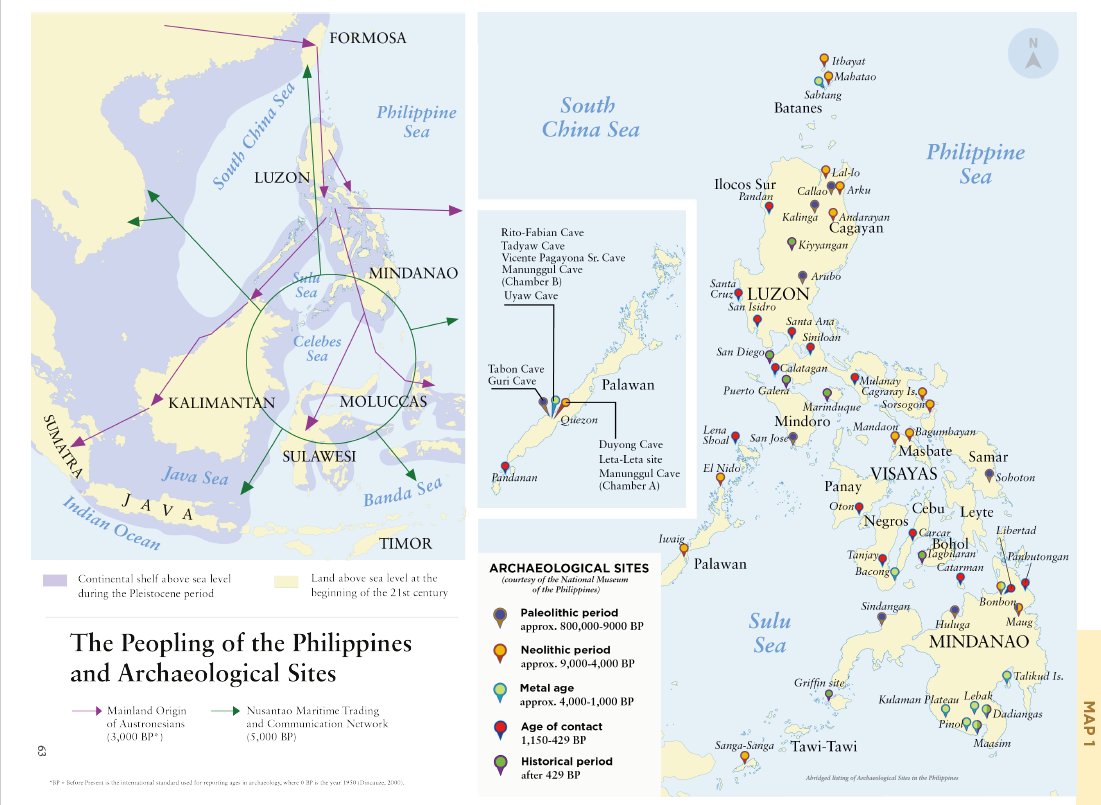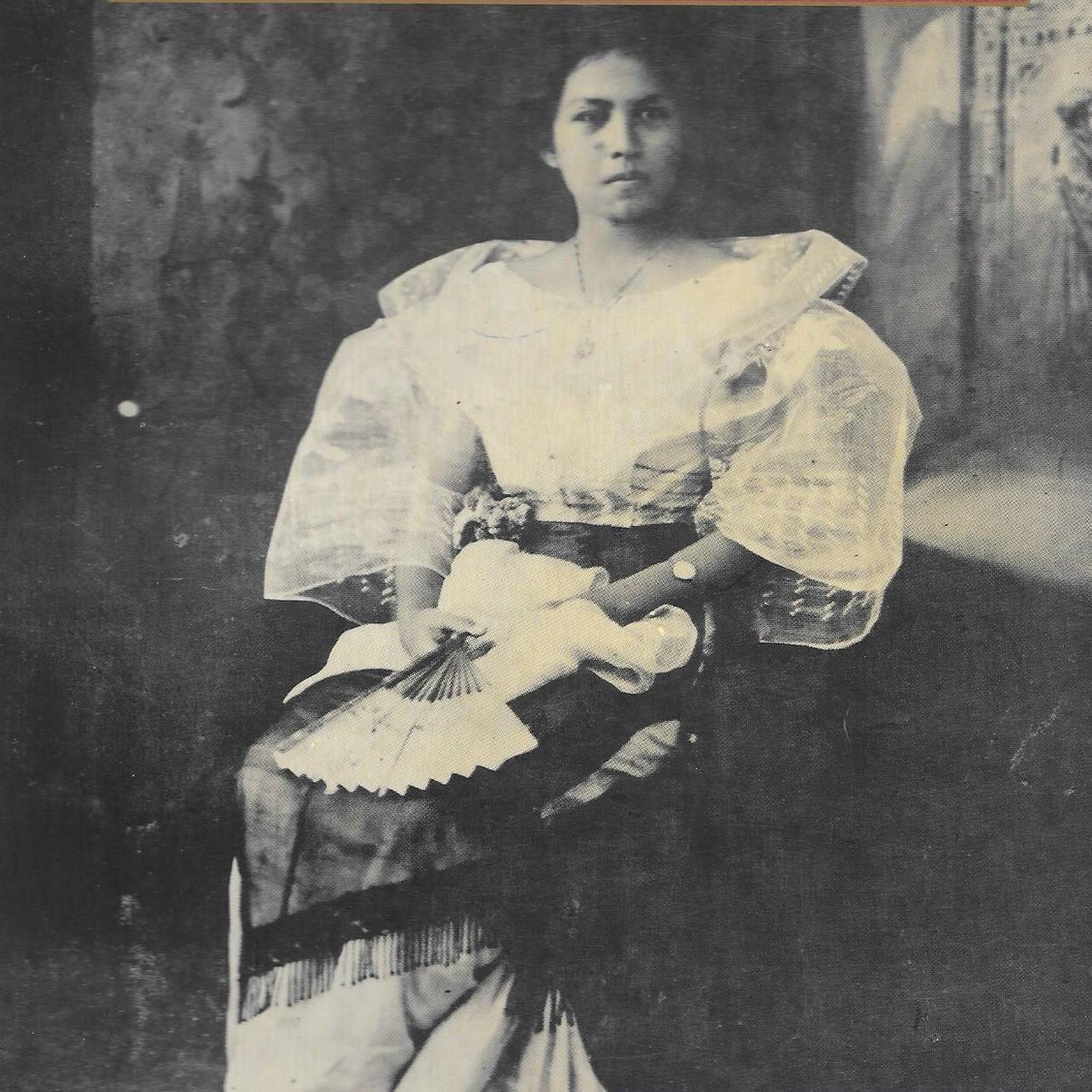
#TodayinHistory in 1937, 572,130 Filipina women voters trooped to the polls in a national plebiscite to vote in favor for/against women's suffrage. 447,725 voted in favor of it, making #PH one of the 1st countries in Southeast Asia to give women the right to vote. THREAD. 

Women's suffrage in #PH was an uphill battle, led by Filipino feminist activists from early 20th century onwards. Although Filipina women were granted command during PH-American War, they were not given space in halls of power where decisions were made.
https://twitter.com/indiohistorian/status/1315968560808640513?s=20
Rosa Sevilla de Alvero was one of the early voices for women, advocating for women's invaluable role, via Antonio Luna's newspaper, La Independencia from 1898 onwards, & eventually establishing Instituto de Mujeres, a girls' school, in Tondo, in 1900.
https://twitter.com/indiohistorian/status/1367441270608601088?s=20
In 1905, Asociacion Feminista Filipina was founded in #Manila, the 1st women's org in #PH, to promote social welfare & give voice to women in public affairs. Concepcion Felix became president, w/ support from Trinidad Rizal, et al. In 1906, ally activist Pura Villanueva Kalaw...
...founded the Asociacion Feminista Ilonga w/ the same goals. These women were at the forefront of the growing movement. Felix campaigned for women's legal identity, & soon pushed for women & infants' welfare thru La Gota de Leche program.
In 1912, thanks to American suffragette, Carrie Chapman Catt, Felix & Kalaw combined forces for their advocacy for women's voting rights. In 1922, Sevilla founded the Liga Nacional de Damas Filipina, rendering women's voice for the cause of #PH independence & women's rights. 

Their efforts bore fruit when #PH Legislature enacted Act No. 4112 on 7 Dec 1933 granting women voting rights under the American colonial gov. W/ the prospect of independence & the drafting of a new Constitution, women's orgs banded together for suffrage.
https://twitter.com/indiohistorian/status/1288777497828458496?s=20
Women leaders like P.V. Kalaw, Geronima Pecson (future 1st female senator), Josefa Llanes Escoda (founder of @GirlScoutsPH) issued joint petitions in the 1934 ConCon. Although vote was not given to women in the 1935 Consti due to opposition, a compromise was reached, that a...
...plebiscite be held for women for suffrage provided that "no less than 300,000 women otherwise vote affirmatively on the question." #OnThisDay in 1937, as stipulated by Commonwealth Act 34, women voters 21 yrs & above voted overwhelmingly in favor of suffrage, w/ 500k+ turnout. 

Photos:
- PH Free Press, 7 April 1937, from the Presidential Museum & Library
- U.S. First Lady Florence Harding w/ Filipina suffragette delegation, 1922, from @usphilsociety
- Pres. Manuel L. Quezon signs Women's Suffrage Act, 1937, from PML
@subselfie @jmnualla @tonitiemsin
- PH Free Press, 7 April 1937, from the Presidential Museum & Library
- U.S. First Lady Florence Harding w/ Filipina suffragette delegation, 1922, from @usphilsociety
- Pres. Manuel L. Quezon signs Women's Suffrage Act, 1937, from PML
@subselfie @jmnualla @tonitiemsin
• • •
Missing some Tweet in this thread? You can try to
force a refresh








